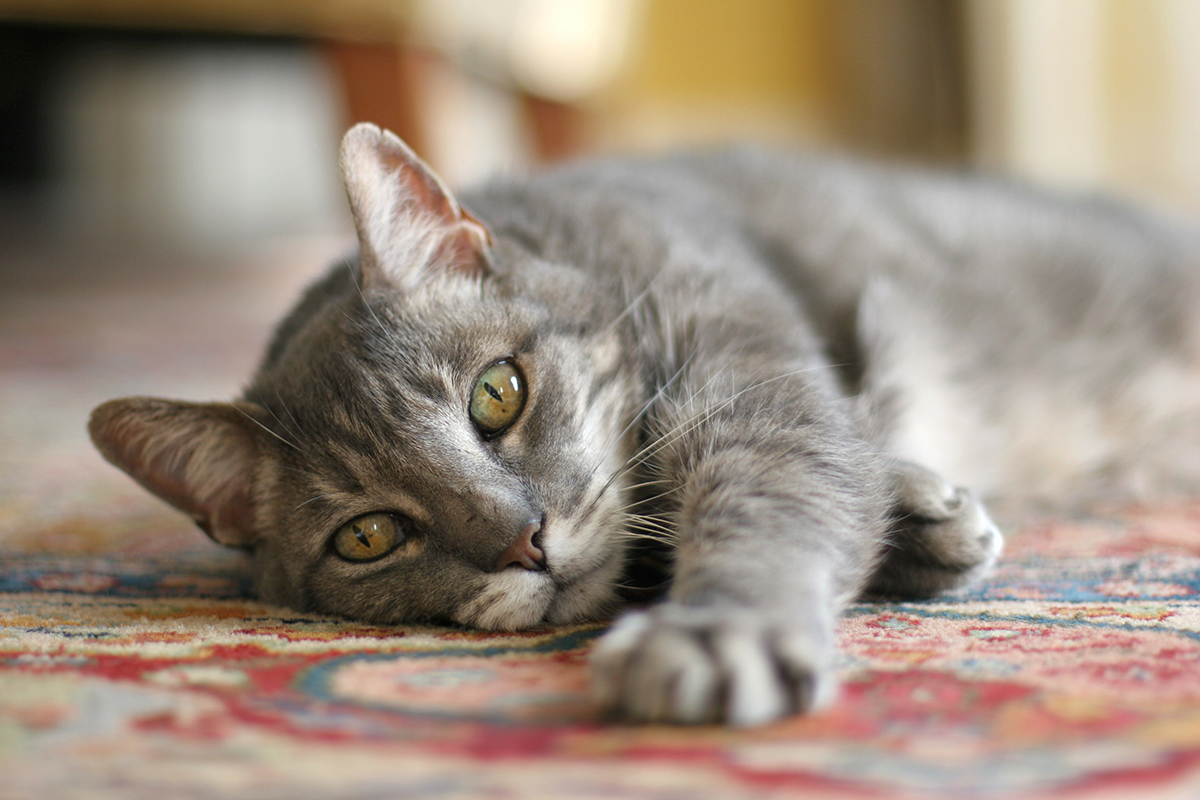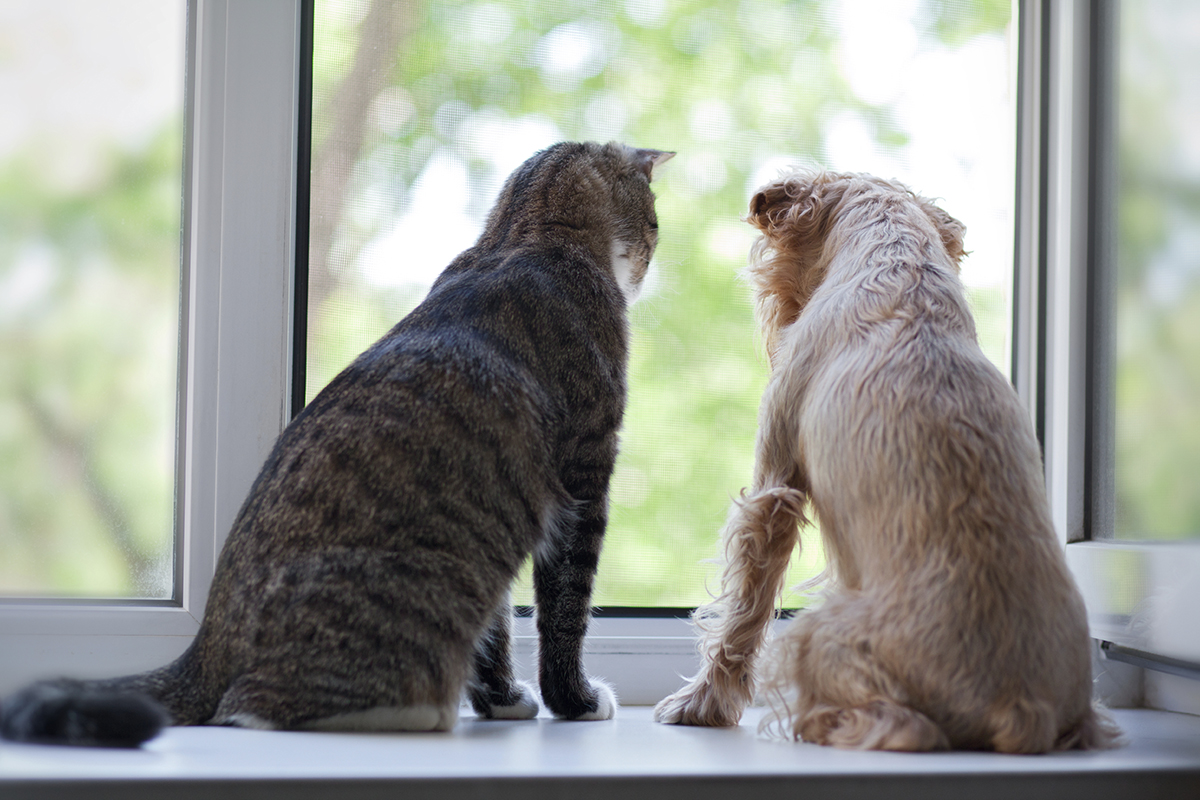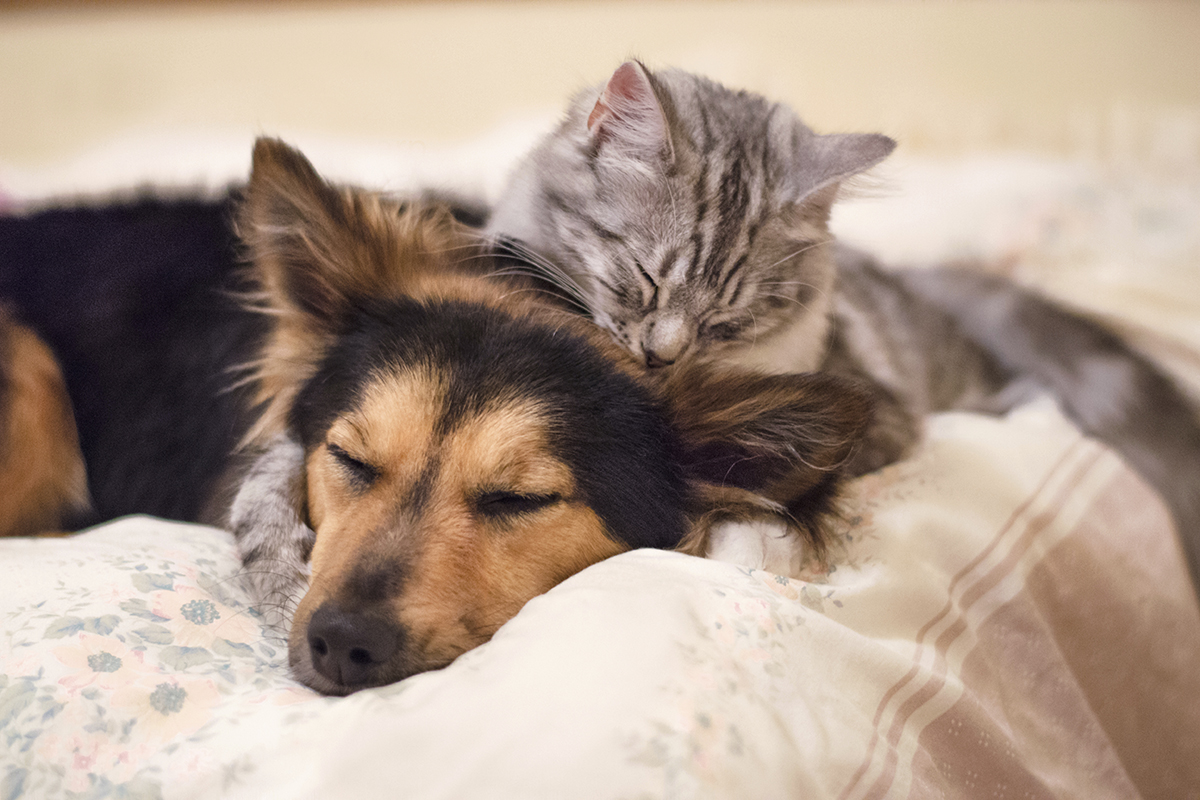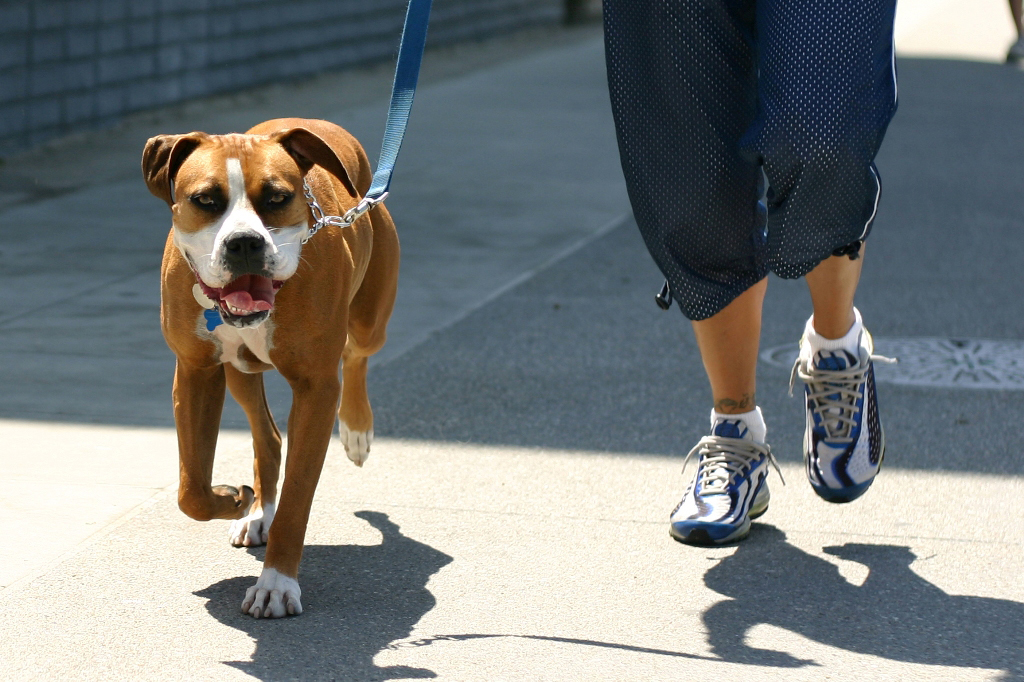Many pet owners discovered that being home with family members all day every day for more than three months was difficult. Well, it was also difficult for their pets. People reported that they saw behaviors they had never seen before. Dogs became clingy and cats tried to hide away more. All of these behaviors could be attributed to changes in routine and the resulting stress. Plus, because people were anxious, that anxiety was being absorbed by their pets as well.
Now most families are facing more schedule changes as parents prepare to go back to work and children to camp and back to school. How do you help prepare your pets so it will be less stressful for them? First, remember that all cats and dogs are individuals and what causes stress for some, may not cause stress for others. Here are some general suggestions from pet behavior experts.

Many experts are advocating that pet owners start to shift the routines back a little at a time to what they were before. Cats may have reacted differently to all the family closeness than dogs. “Not surprisingly, the majority of cats don’t want their owners home all of the time. They don’t necessarily need the interaction,” said Dorit Shevach-Shani, Feline Enrichment Manager for North Shore Animal League America. “But now that people have been home and playing and engaging with them a lot, it has become the normal and this will be the problem.”
In general, cats are VERY routine oriented and any changes in their routine is difficult for them. “Cats rely on being able to expect things from their environment. It’s important for cats and can help keep their anxiety in check,” stated Dorit. She recommends slowly swapping the times of activities now to what they will be like when you return to work and school.
Cats, can feel stress from changes in their routine or in their household and, in turn, this stress can cause ill health because it lowers their immunity. “Of course, every cat will react differently, but some signs of stress people might see include their cats being less tolerant of interactions, diarrhea, and vomiting or any change in appetite,” stated Dorit.

The same goes for the dogs in a household. “You should change the routine slowly. Instead of a midday play session, give yourself and your dog a quiet time where he or she can relax as if you weren’t home,” suggests Sean-Patrick Malloy, Operations Manager at Animal League America. “Move the walks back to when they were before the pandemic. And don’t keep including your dog in every activity.”
Another suggestion behavior experts are making is to ensure that your pets are getting some alone time — even when you are in the house. You can create a cozy place in a separate room with a comfy bed or the dog’s crate. Put on some music or a TV and make sure you leave a tasty treat to keep the dog busy. Licking and chewing are soothing to dogs and they sometimes nap after a session.

Make sure your dog settles down. If he or she is still distressed, then distract and wait until there is quiet to let the dog out. You might have to provide a better puzzle toy or goody next time and let the dog out before he or she begins vocalizing or scratching. It is okay to start with just a few minutes a day and gradually make it longer.
“People should be aware of the possibility of separation anxiety occurring with their dogs when everyone goes back to work and school,” stated Sean-Patrick. “Now is the time to do a dry run with leaving the house as if you are going to work, but just walk or sit outside and listen to see if you hear any barking or panicking sounds. If you do, then you can address it.”
He recommends a few things. Exercise your dog by going for a brisk walk or playing a busy game of fetch outside before leaving. It’s a good idea to have a special chew or a Kong® with peanut butter and frozen wet food inside to give to your dog to keep him or her busy for 20 minutes after you leave. This is the ONLY time the dog gets this special treat. Just put down the treat and leave. You shouldn’t have any type of prolonged goodbye.

As practice, you should also do the things that you would do when leaving, even though you are really not going anywhere. Put on your coat and boots and sit and watch TV. Pick up your car keys and return to the kitchen and make some breakfast. Then sometimes actually leave and come back in a few minutes. In this way, your departures become not such a big deal.
Unfortunately, if your dog’s anxiety is more severe, it will take more than a few simple exercises to resolve this. Often, they will not eat even amazing special food treats that they are given. Some symptoms of more severe separation anxiety include: persistent barking and howling only when you are away; chewing, digging, and destruction; urinating and defecating when left alone; pacing when you are away; and attempting to escape the area where confined when no one is home to the point of self-injury. If any of this occurs, you should seek the help of a professional dog trainer who is experienced in treating separation anxiety.


